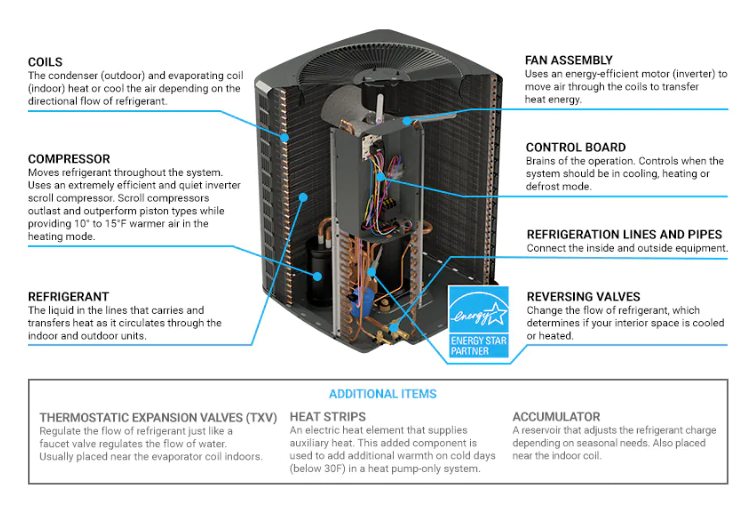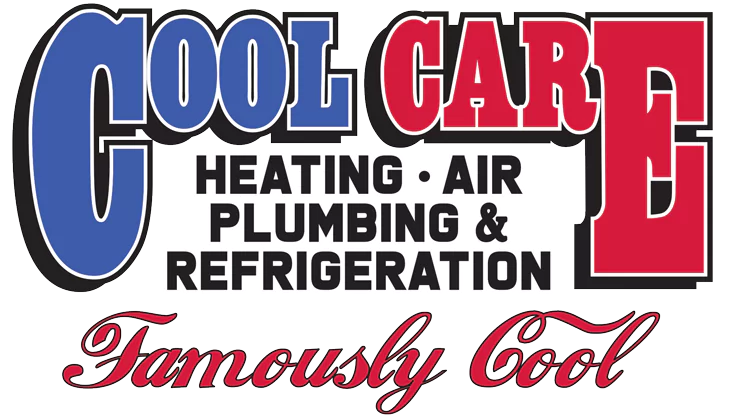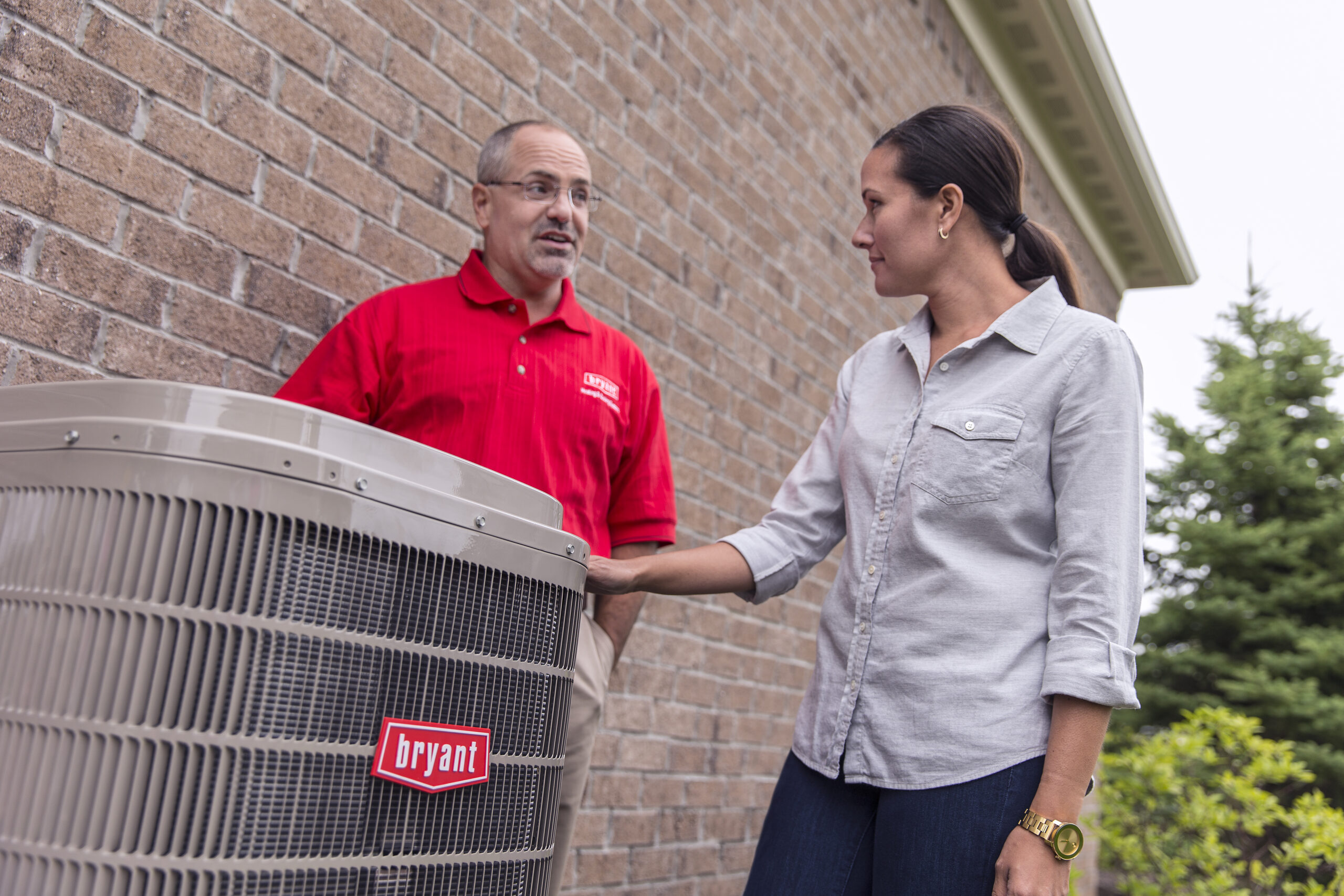How Central Air Conditioning Systems Work
Can you imagine life without air conditioning? Thankfully, central air conditioning makes your home cool and comfortable in the sweltering sun. Learn how your home’s air conditioning system works to improve its performance.
What is Central Air Conditioning?
Central air conditioners remove heat from your home and pump it outside leaving cool indoor air. They have been the most common method of cooling in the United States since the 1960s and consist of an outdoor condenser unit, an indoor cooling coil and ductwork that carries cool air throughout the home. A central air conditioning system is sometimes referred to as a “split system” because the indoor and outdoor components are separated.
How Central Air Conditioners Work
Central air conditioners absorb the heat from inside the home and eject it outside through a process called the refrigeration cycle. Split into two parts, a central air conditioning system contains an outdoor condenser unit and a coil housed on top of the furnace or inside an air handler. The outdoor condenser, which does most of the work, operates in tandem with the air handler or furnace that distributes the conditioned air into rooms of your home. Look at the cutaway diagram below to see what is inside a condenser.
 The Refrigeration Cycle
The Refrigeration Cycle
The cooling process starts when the thermostat detects the interior temperature has risen above the setpoint. It signals the control board in the air handler and goes into action.
- The internal blower draws in the hot, moist indoor airfrom the return ducts into the air handler or furnace cabinet to be conditioned.
- Dirty air entering the cabinet first passes through an air filter that traps dirt and debris.
- The clean air then passes through the evaporator coil. Using metal fins to increase its surface area, the evaporator coil extracts heat and moisture from the warm air as the air passes through it. The clean, cool air is circulated throughout the home.
- A pair of copper tubes containing refrigerant–called a line set–connect the indoor coil with the outdoor condenser.
- The condenser dissipates the heat trapped inside the line coming from the evaporator coil by cycling it through its coils where a fan at the top pushes air to accelerate the process. The refrigerant is then compressed and travels back to the indoor evaporator coil where the cooling process continues.
HVAC Cheat Sheet
- HVAC – HVAC, or heating, ventilation and air conditioning, is an acronym used to categorize all equipment that regulate air temperature, humidity, and air quality.
- Split-System – In reference to parts of the system operating both indoors and outdoors. In a split system, the condensing unit is found outside.
- BTU – BTU, or British Thermal Units, is a measurement of how much heat energy can be removed from the air in an hour.
- Ton – A measurement that refers to the cooling capacity your unit can provide under normal conditions. 1 Ton is equal to approximately 12,000 BTUs. Tons are often used when sizing a unit for your home which can be determined based on the square footage needed to be cooled or heated.
Unmatched Expertise
Learning about your air conditioning system may seem overwhelming at first, but once you have the basics down, you will be able to understand how your system works which will aid you in buying a replacement when the time arrives.
If you need an estimate or a second opinion on a new HVAC unit, or need us to diagnose an issue you’re having, just give us a call at 803.772.7715 or book online at the top of the page!


